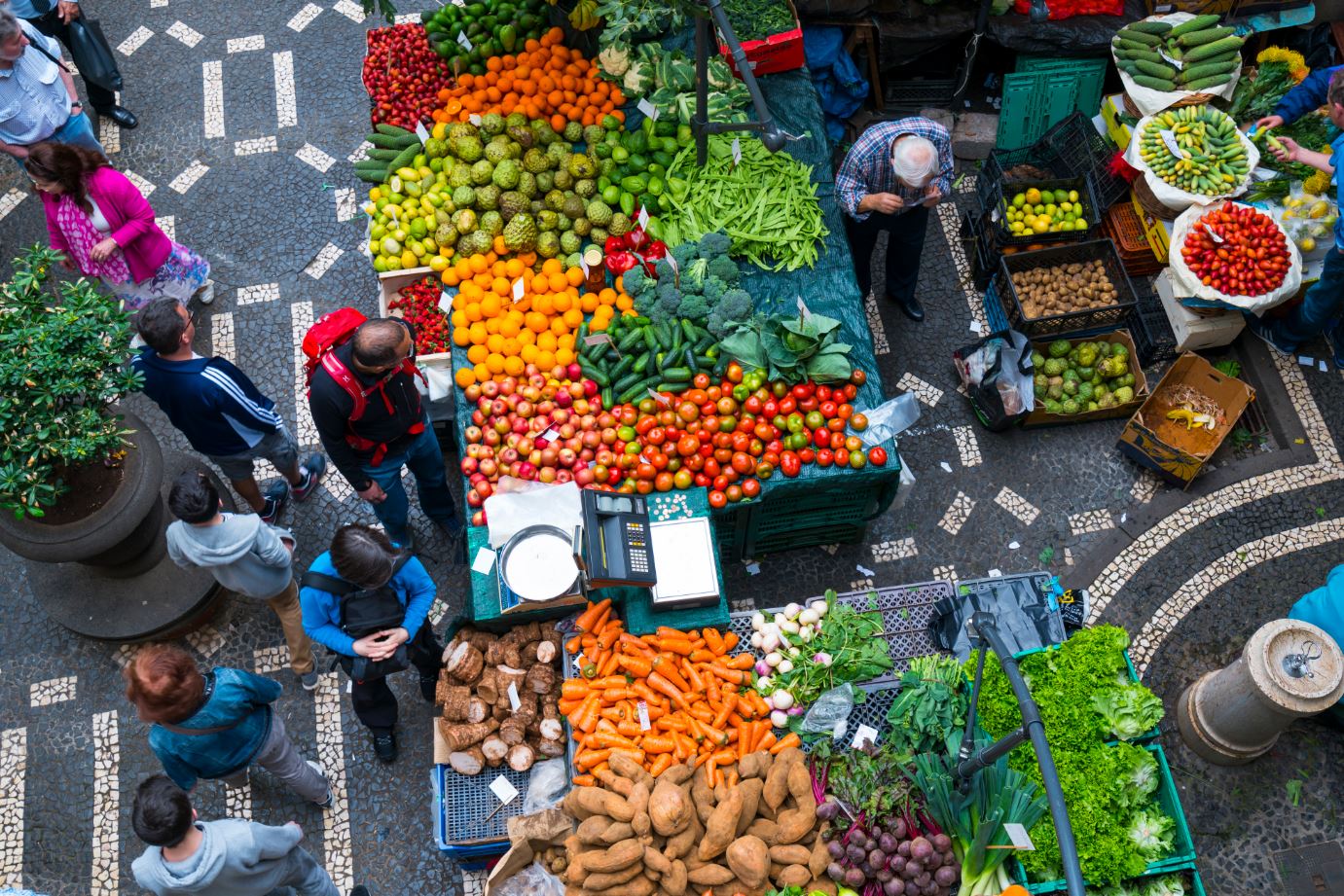Tapas with a glass of Fino sherry, sauerkraut or cured mackerel on rye bread – delicious, but a continental diet might not be as nourishing for the planet as you thought. A staggering 88 million tonnes of food are wasted every year in the EU, costing an estimated €143 billion.
And it’s not just about food waste – almost 80 per cent of EU citizens will be living in cities by 2020, and the production and consumption of food in urban areas has a major impact on the environment. It’s time for a system change, and some European cities are addressing sustainable food challenges in surprising and innovative ways, from climate-friendly food discos to urban farms and food forests.

Sweden
Stockholm, the first city to ever win the title European Green Capital in 2010, is converting food waste to biogas to produce vehicle fuel, in the hope that 70 per cent of the city’s food waste will be used in this way by 2021.
Perhaps the most creative way of avoiding food waste is the ‘schnippel-disco’ or climate-friendly food party, first held during Earth Week 2018, in Växjö, Sweden. Food that couldn’t be sold in shops and would otherwise have been thrown away was collected and brought to an open kitchen where people could come and chop vegetables and prep delicious food to share, all while dancing to music.
Sweden’s third largest city has a more child-focused take on climate-friendly nutrition. More than 100 preschool chefs in Malmö have been trained up to cook more climate-smart menus with less meat and a more diverse array of vegetables.
Portugal
In Torres Vedras, a sustainability programme for school meals has been introduced with four phases – children join community gardening programmes to grow their own fruit and veg (production); food is sustainably sourced from local producers (acquisition); school canteens have joined a network to ensure all 4,000 meals per day are delivered via the shortest food chain possible (preparation); and children are taught about healthy eating in a fun, engaging way to promote positive eating habits (consumption).

Lisbon has developed a city-wide urban allotment programme with 17 organic gardens used by more than 700 families, as well as schools and community groups, creating both social inclusion and food self-sufficiency. By growing food on a site of 8.5 hectares, composting and re-using domestic waste and sourcing horse manure to fertilise the soil, the gardens connect people more closely to each other, to where their food comes from and to the natural ways of production that are healthier for them and for the planet.
Norway
Other projects focus more on transforming urban spaces and bringing communities together through the process of growing food. Losaeter urban farm just near Oslo’s central station produces three tonnes of food every year. Surrounded by a busy motorway and huge ventilation shafts from the tunnels below, locals are invited to join a feast prepared with ingredients grown here every Wednesday evening.

The Netherlands
In 2009, near the city of Nijmegen in the Netherlands, Wouter van Eck and Pieter Jansen began transforming a bare agricultural field, just 2.5 hectares in size, that had previously just been used to grow maize. Today, it’s a natural food forest flourishing with everything from apricots and sea buckthorn, to Szechuan pepper. This cleverly-designed ecosystem mimics the ecological principles of a natural forest with several layers of vegetation. The forest is sheltered by a tall canopy of sweet chestnuts and other trees, while underneath there’s a huge mix of shrubs, berry bushes and grape vines of varying heights. No fertilisers or pesticides are required, and insect-eating birds manage the aphids and caterpillars. A decade on, the soil is fertile, the land retains much more water, and productivity is vastly improved. More carbon is now sequestered – stored within the ground – and wildlife is thriving.

Denmark
Because water sources in Denmark used to be so contaminated with pesticides, Copenhagen set about securing clean drinking water for its population, with an ambition to ensure that 90 per cent of the city’s public food system uses organic ingredients, produced without artificial chemicals. By incentivising the foodservice market to develop products with organic ingredients, as well as training more than 900 kitchen staff to cook from scratch, increase their seasonal vegetable use and avoid any processed foods, Copenhagen has already reached 88 per cent organic food and ingredients sold within the city’s public food system.
Ultimately, there is so much scope for reducing food waste, improving diets and our environmental impact and even the most ambitious goals can be reached with collaboration and creativity in the kitchen and beyond.
The European Commission’s new book Great Food from European Green Cities’ showcases sustainable food practices and regional recipes from 21 cities that have been winners or finalists in the European Green Capital and European Green Leaf Awards. Order your free copy here.












0 Comments